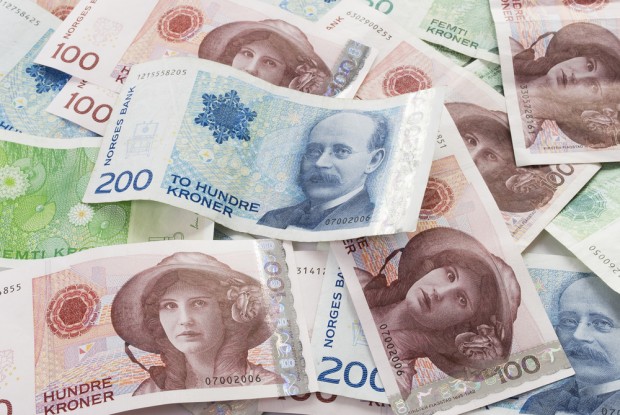What You Need To Know
Oslo, the capital of Norway, sits on the country’s southern coast at the head of the Oslofjord, and is known for its citywide green spaces and museums. Many of these are on the Bygdøy peninsula, including the Norwegian Maritime Museum, the Vikingskipshuset, with ships from the 10th century, and the Norsk Folkemuseum, with artifacts from Sami and Viking cultures. Oslo constitutes both a county and a municipality. Founded in the year 1040, and established as a “kaupstad” or trading place in 1048 by King Harald III, the city was elevated to a bishopric in 1070 and a capital under Haakon V around 1300.
Area: 454 km²
Population: 618,683 (2012)
Currency

- TheNorwegian currency is Norwegian Kroner (NOK).
- 1NOK is divided into 100 øre (cents). Coins are circulated in 1 krone, 5 kroner, 10 kroner and 20 kroner.
- Notes are circulated in 50 kroner, 100 kroner, 200 kroner, 500 kroner and 1000 kroner.
- You can exchange currency in the tourist information (exchange into NOK) or in an exchange bureau.
Climate
- The average winter temperature in Oslo is only about minus 4 degrees Celsius (around 23 °Fahrenheit), which is a bit warmer than the winter temperatures of most American and European cities.
- Visitors should be prepared for frost from late October until late March/early April. Only occasionally there is deep frost below minus 15 °C (4 °F).
- During summer Oslo is pleasantly warm. Occasionally Oslo experience heat waves May to August period with temperatures up to 33 degrees Celsius (over 90 °Fahrenheit). Oslo is not particularly rainy.
Language
The official language of Norway is Norwegian. Most people understand and speak English well, and can understand Swedish and Danish. It is not uncommon for Norwegians to have some knowledge of German, French or Spanish.
Getting around
By Trams and buses: These complement the metro network, and use the same tickets. They cover most of the city, and run from approx. 5AM to past midnight, on some lines up to 1AM. Two bus lines, 31 and 37, run all night, every day. The main, central tram terminal is at Jernbanetorget, where all lines converge. Bus lines cover the rest of the city, as well as several ring lines.
By Train: Local trains cover certain areas of the city, and run out to the neighbouring municipalities and towns. The local train network spans across the city limits to neighbouring cities and towns.
By Bike: Except during the winter (approx. Dec-Mar) Oslo has a public bike service. Just get a keycard at the tourist office (NOK 80, valid one day) or at the aforementioned web site before going to Oslo (NOK 140 for the whole season) and you can get a bike at numerous places in the city. The bike can be used for up to three hours before you return it to any city bike stall. Once you have returned it, you are immediately eligible for a new one, so you can practically keep the bike all day long provided you check in and check out every three hours.
By Bike: Taxis are expensive. The minimum charge with most companies is at least NOK 80, increasing to a whopping NOK 160 late at weekend nights. Taxis in Oslo as in most of Norway are frequently new, large and comfortable cars like Volvo or Mercedes. Most taxis wait for customers in a line in front of hotels or train stations, or you can order one by phoning one of the handful of taxi companies (for an extra charge). You can also flag one from the street, or go to a taxi stand.
Emergency telephones
Fire, accidents and serious pollution: Tel 110
Police – immediate assistance: Tel 112
Ambulance and Medical assistance: Tel 113










